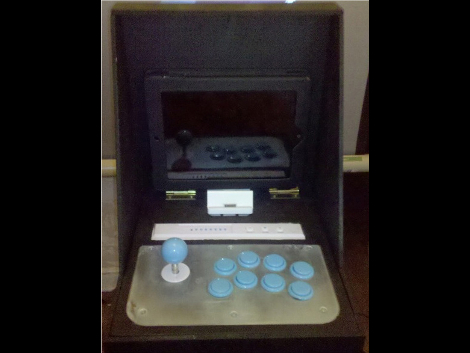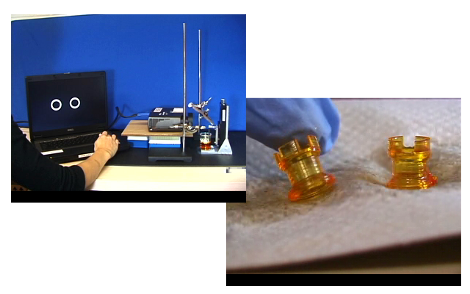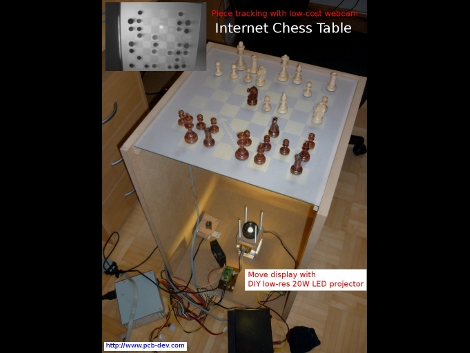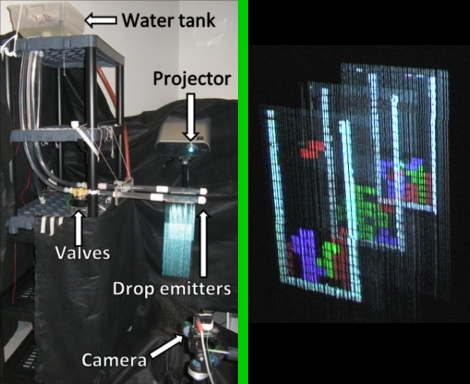
This iPad dock is a well-executed gaming accessory. [Linkreincarnate] used a Hori Wii fighting stick as the controller. In his hardware explanation he outlines several benefits of this choice including built-in support in most of the iPad emulators, as well as foregoing the need for a wired connection. Just above the controls there is a standard docking connector which holds the iPad in place and patches through the audio to some external speakers. But that’s not all that is included in the build, the final touch is a pico projector that can be used if you want a larger gaming experience. Video of the hardware and a gaming demonstration can be found after the break.













